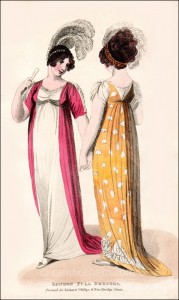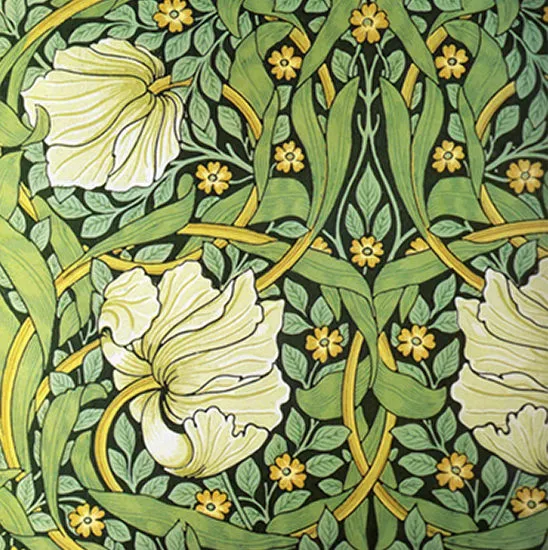For people today, it’s hard to imagine having a house full of servants – our first thought is of how expensive that would be. And often, our second thought is about how little privacy that would allow!
So – lets look at that topic. The first thing to understand is that that there
were very few tools to automate anything back then – so people did all the
work. And if you were wealthy, especially if you were nobly born, you did not want to do all that work for yourself – so you employed people to do it for you.
It was a Lord’s responsibility to provide employment for the people who lived on his estates, and in the surrounding district, or, in London, to provide employment for a decent number of people. The British economy, until the Industrial Revolution, was driven by the employment provided by the wealthy. To be employed in an important Lord’s house was something to be proud of, and gave the person status amongst the community.
But what does this mean in terms of numbers?
In a huge country house, there might be hundreds of servants – yes, literally hundreds, from the boy who cleaned out the ashes from the fireplaces, up to the estate manager, who managed all of the Lord’s interests for that estate, or multiple estates. Every task you can think of (and probably quite a few that won’t even occur to you) might have a person or persons dedicated to getting it done. Many would live in the mansion, some in outbuildings, or above the stables, and some in the nearby villages.
In a London townhouse, which might be almost as big as that country mansion, there might be 100 servants, although not all of them would live in on the premises. A wealthy person was never out of hearing range of at least one servant – if they yelled, someone would come, to see what they needed. (although they usually rang bells, rather than yelling!) So, no, there wasn’t much in the way of privacy. But the wealthy did not see it that way, usually – servants were almost part of the furniture (which is why they always knew all the gossip, because the wealthy would forget they were there….), and were ignored, as if they were invisible, until they were needed.
Some wealthy families did treat their long terms servants differently, especially Nannies and Butlers etc, who became closer to the family over many years – but still, the social divide prevented anything so rash as friendship.
For the wealthy, employing many staff was not an extravagance – it was a duty to society, to ensure that people had employment, and that the economy thrived. So next time you read of a hero or heroine who is perpetually surrounded by servants, realise that they are not ridiculously privileged, they are just fulfilling their duty to society.










